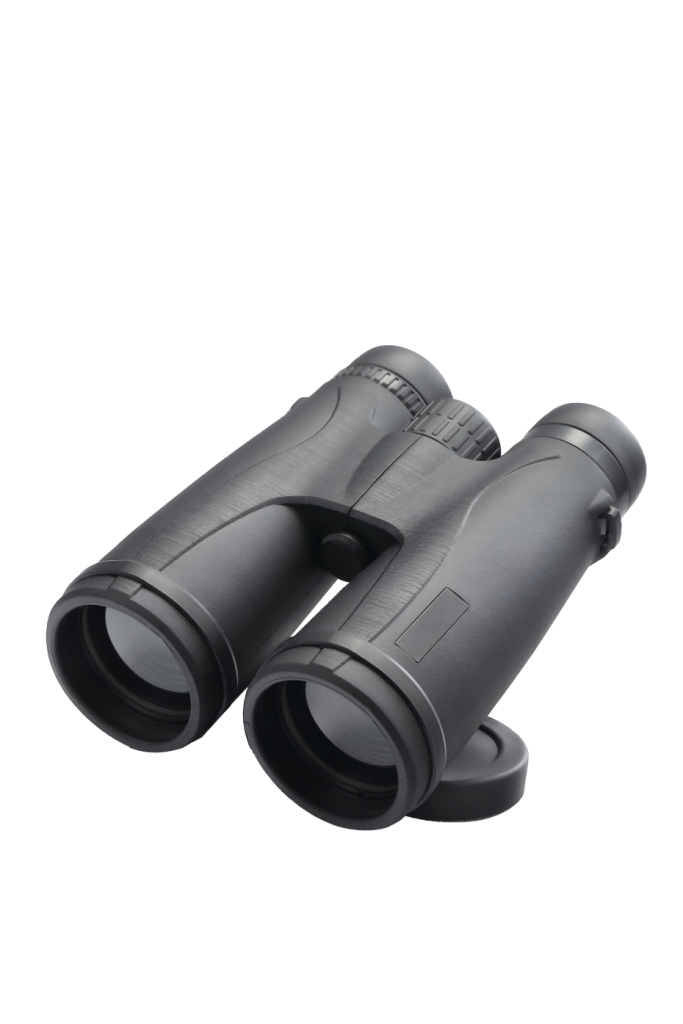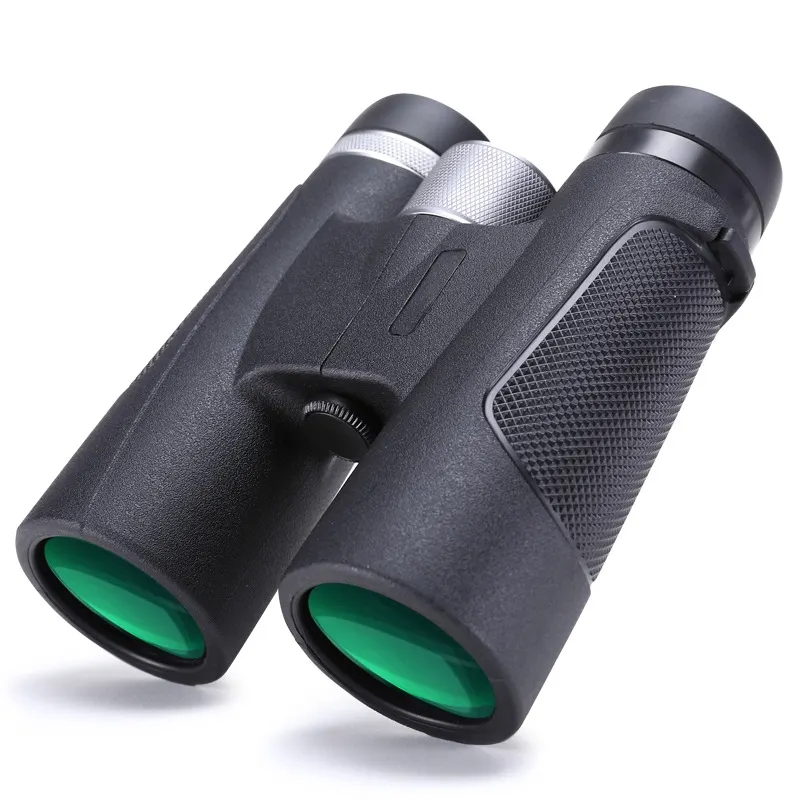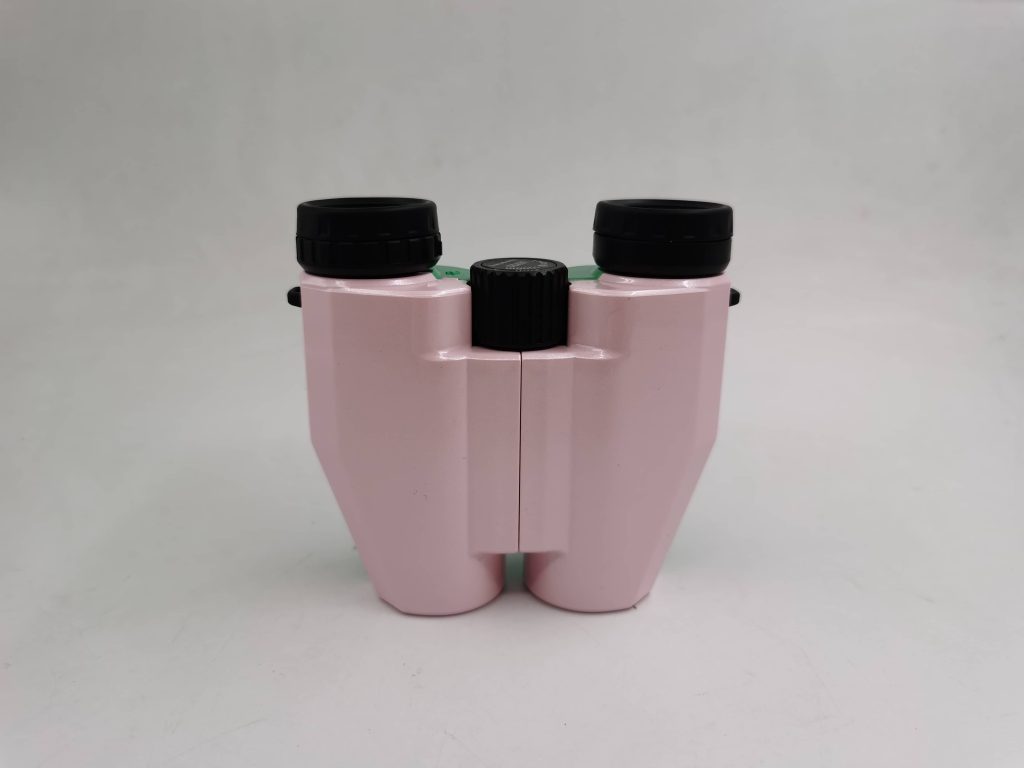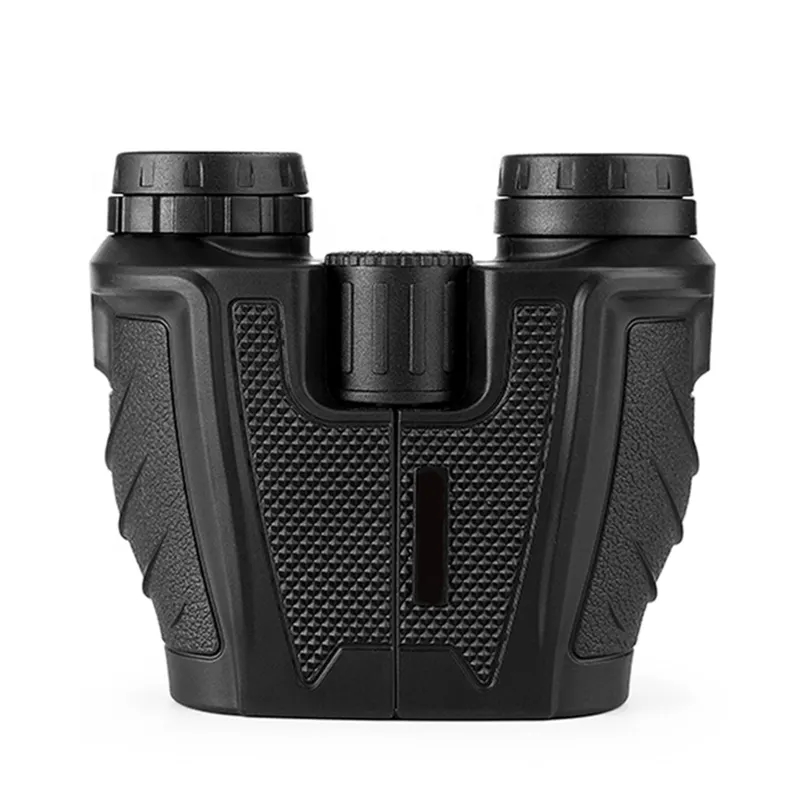If you’re in the market for a rangefinder, you’ll find that there are two main types: golf rangefinders and hunting rangefinders. At first glance, they may look quite similar, and both claim to provide accurate distance measurements. But are golf and hunting rangefinders really the same? The answer is no. They are designed for entirely different environments, targets, and purposes.
This article will explore the real differences between these two types of rangefinders, helping you make an informed decision when choosing the one that best suits your needs.
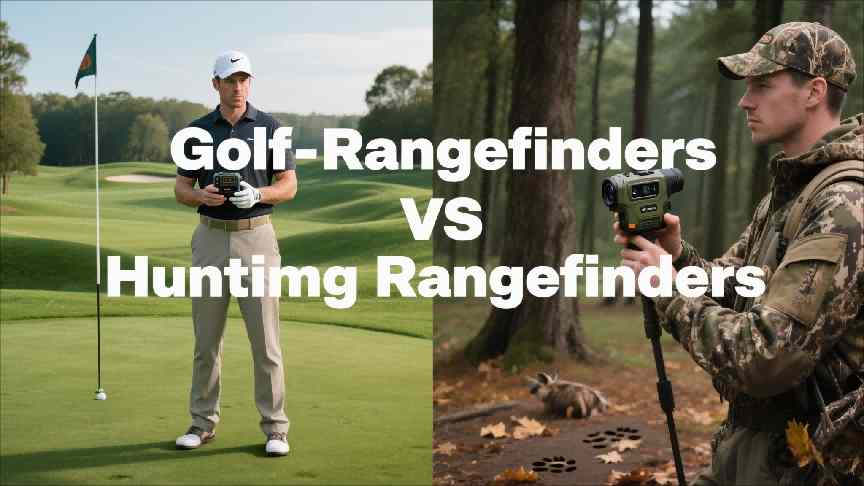
Quick Comparison Table – Understand the Differences at a Glance
| Feature/Aspect | Golf Rangefinder | Hunting Rangefinder |
| Target Type | Reflective flags or markers | Non-reflective animals or terrain |
| Priority Mode | First Target Priority | Distant/Background Priority |
| Magnification | Usually 5x to 6x | Often 6x to 8x |
| Display Color | Clear black or red overlays | Red/green overlays for low light |
| Weatherproofing | Water-resistant (varies by model) | Waterproof and fog-resistant |
| Range Capability | 400–1000 yards | 600–2000+ yards |
| Ballistic Features | Rarely included | Often includes angle compensation |
| Size and Color | Compact, often white or bright | Rugged, camouflaged or dark |
Key Technical and Functional Differences
Target Detection Logic
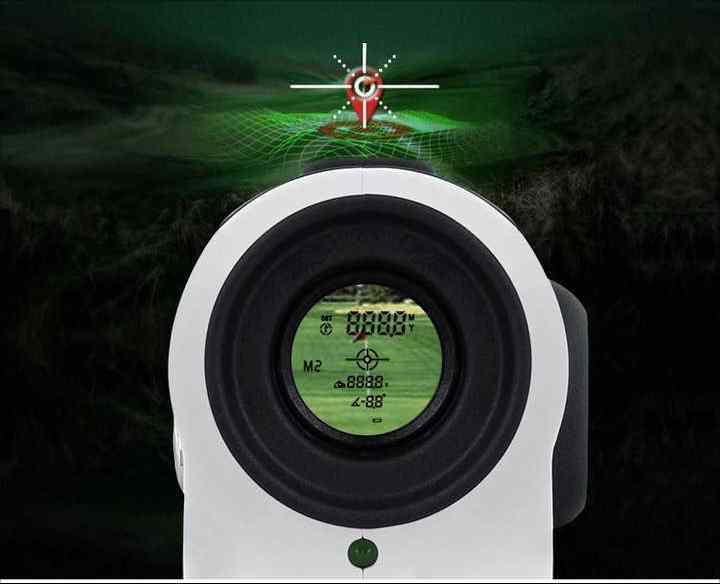
One of the most significant differences lies in how golf and hunting rangefinders detect targets. Golf rangefinders are engineered to lock onto small, stationary targets, such as flagsticks on the green. They often incorporate advanced technologies like “pin-seeking” or “jolt” features that vibrate or beep when the device successfully locks onto the flag, ensuring accurate distance measurement. This is crucial in golf, where a precise distance reading can mean the difference between a well-placed shot and a miss.
On the other hand, hunting rangefinders are designed to detect a wide variety of targets, including moving game animals, trees, and terrain features. They typically have a higher maximum range, sometimes extending up to several thousand yards, and use more sophisticated algorithms to filter out background clutter and focus on the intended target. Hunters need to accurately measure the distance to their prey, often in challenging environments with multiple objects in the background, making this advanced target detection logic essential.
Usage Scenarios and Measuring Modes
Golfers use rangefinders to get precise distances to the flag, hazards, or front/middle/back of the green. They need quick, flag-locking technology and slope measurement (where allowed). Many golf rangefinders also offer vibration feedback or pin-lock technology when the flag is successfully locked in.
Hunters, on the other hand, need tools that can measure across long distances and account for elevation angles, especially in mountainous or wooded terrain. Therefore, angle compensation or ballistic modes are standard in many hunting models.
Optics and Display
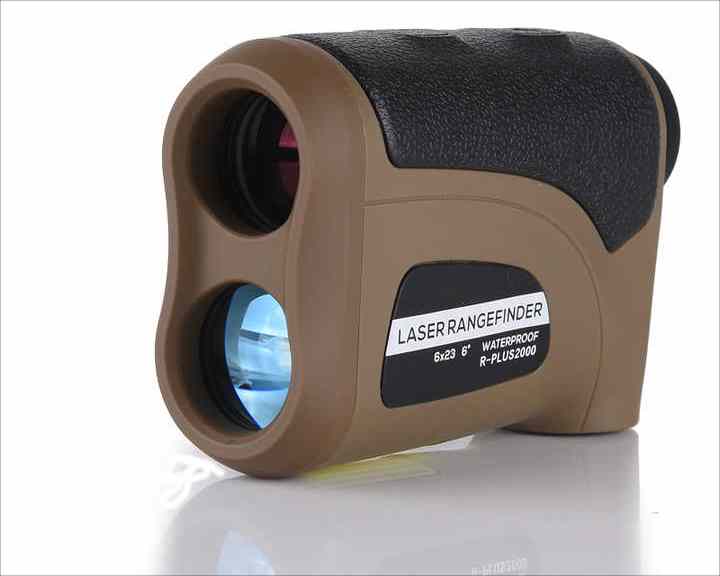
Golf rangefinders usually feature clear, high-contrast displays suitable for daylight use. The optics prioritize simplicity and ease of reading under bright conditions.
Hunting rangefinders may include red or green LED displays that remain visible in low-light or dawn/dusk scenarios, when animals are most active. They also generally have higher magnification power for improved target acquisition at longer ranges.
Durability and Protection
While many golf rangefinders offer basic water resistance, they’re not typically built for rough conditions. Golf rangefinders are used on well-maintained courses in relatively controlled environments.
In contrast, hunting rangefinders are engineered for rugged use. They are waterproof, fog-proof, and built with rubberized exteriors to withstand impacts, dirt, and extreme weather conditions.
User Experience and Operation
Golfers benefit from lightweight, ergonomic designs and intuitive user interfaces, with minimal buttons and fast readings.
Hunters may require multiple targeting modes, including scanning, long-range priority, and brush modes. Their devices may also need to be used one-handed while holding a weapon, so grip and size are optimized accordingly.
Can I Use a Golf Rangefinder for Hunting? And Vice Versa?
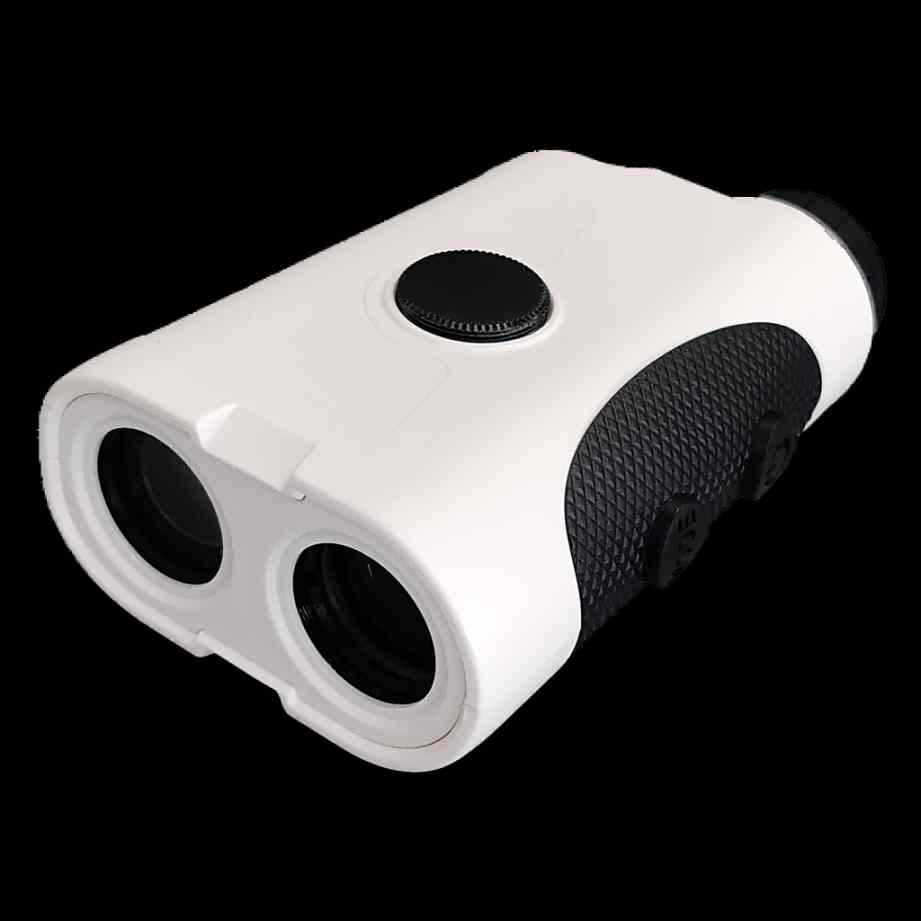
Technically, yes—but with caveats.
Using a golf rangefinder for hunting is not ideal. Its First Target Priority mode can pick up nearby brush instead of the animal, and the lack of angle compensation or long-range accuracy can limit its usefulness in real hunting scenarios.
Using a hunting rangefinder for golf is possible but may result in slow or inaccurate flag acquisition. It might focus on trees behind the green instead of the flag, and the interface may be more complex than needed for a casual round of golf.
If you absolutely must choose one for both sports, a high-end hunting rangefinder with multiple modes (including First Target Priority and Angle Compensation toggle) may offer more flexibility. However, serious users will benefit from owning one specialized device for each activity.
How to Choose the Right Rangefinder Based on Your Needs?
If You’re Mainly a Golfer
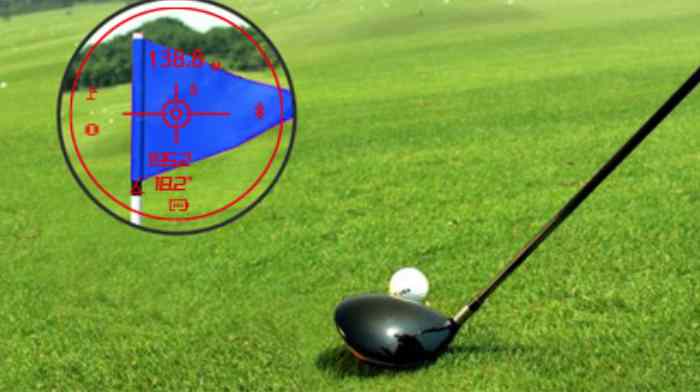
If you are primarily a golfer, look for a rangefinder with accurate pin-seeking capabilities, slope compensation (if allowed in your tournaments), and a clear, easy-to-read display. Consider models with additional features like GPS integration for more detailed course information. Also, ensure that the rangefinder has sufficient water and dust resistance for outdoor use.
Recommended specs: Range up to 1000 yards, 5x magnification, vibration feedback, water resistance.
Example: Foreseen HOY-723W 7×23 Golf Rangefinder
Tailored for golf accessory retailers, outdoor sports product distributors, and rangefinder clients, this model offers an excellent balance of affordability, accuracy, and field-ready design. With ±0.5m precision and a measurement range of up to 1000 meters, it meets the needs of both golfers and hunters looking for entry-level to mid-range devices.
If You’re Mainly a Hunter
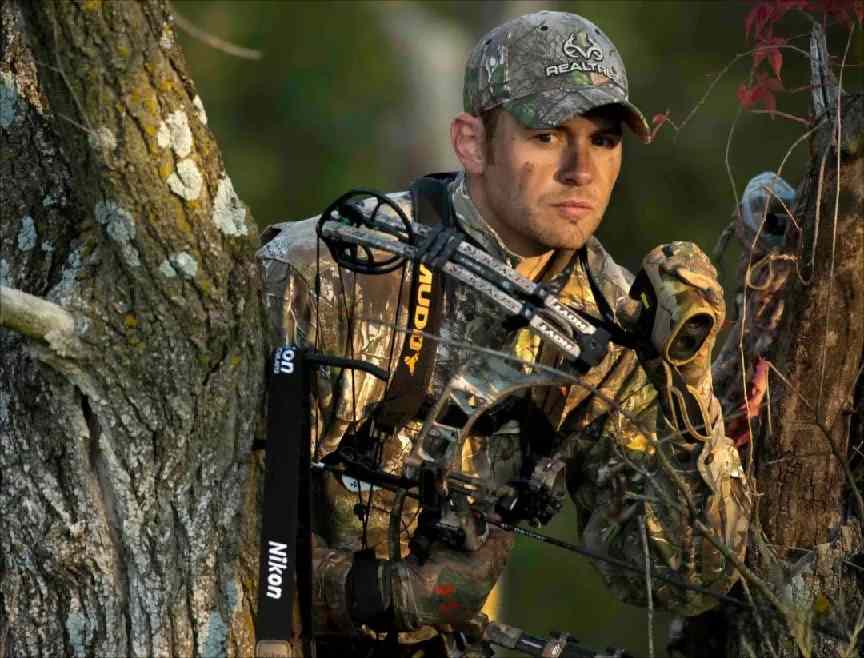
For hunters, prioritize rangefinders with a long maximum range, advanced target detection logic, and multiple measuring modes. Opt for models with high optical clarity for low-light conditions and durable construction to withstand harsh environments. Displays that provide detailed information for ballistic calculations are also highly beneficial.
Recommended specs: Range 1200+ yards, 6x to 8x magnification, weatherproof casing, multiple targeting modes.
Example: Foreseen LOS4000 Long Range Rangefinder
The LOS4000 is an ideal choice for OEM buyers, military gear suppliers, and professional hunting equipment brands. It offers ultra-long-range laser targeting, supports multiple measurement modes, and features extended battery life. For buyers seeking a reliable, all-environment laser rangefinding solution within 4000 yards, the LOS4000 is your perfect match.
If You Do Both
If you hunt and golf seasonally, consider a hybrid or multi-mode rangefinder that allows you to switch between First and Distant Priority modes. You’ll still have to compromise on some features, but it’s a budget-friendly way to cover both hobbies.
Look for:
- Dual priority modes
- Slope on/off functionality
- Decent optics and moderate ruggedness
Brands like Bushnell, Vortex, and Leupold offer models that cater to crossover users.
Conclusion
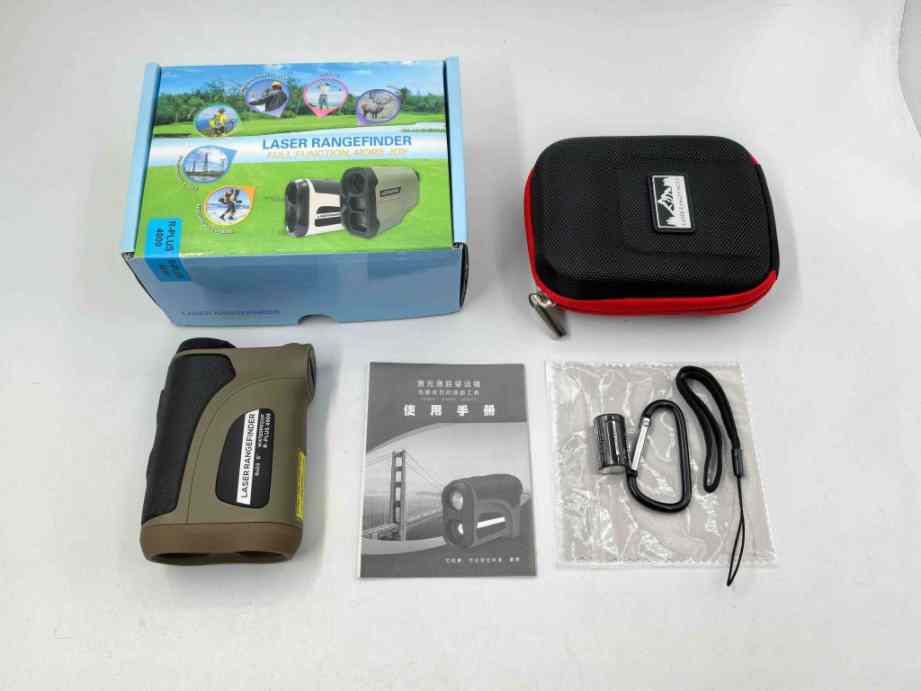
In conclusion, golf and hunting rangefinders may share the basic function of measuring distance, but they are distinctly different tools designed for different purposes. Understanding these differences in target detection logic, usage scenarios, optics, durability, and user experience is crucial for choosing the right rangefinder. Whether you’re a golfer looking for precision on the course or a hunter aiming for accuracy in the field, selecting the appropriate rangefinder will enhance your performance and enjoyment of your chosen activity.

